 Almost every day, we face and overcome any number of small stresses and difficulties which mostly have no effect on our overall wellbeing. However, every now and again we experience life-changing events, a serious illness, the death of a parent or the breakdown of a relationship, all of which can be extremely difficult to deal with. Research carried out at Bournemouth University suggests that not only can these events affect our mental health, but they can also have consequences for our physical health.
Almost every day, we face and overcome any number of small stresses and difficulties which mostly have no effect on our overall wellbeing. However, every now and again we experience life-changing events, a serious illness, the death of a parent or the breakdown of a relationship, all of which can be extremely difficult to deal with. Research carried out at Bournemouth University suggests that not only can these events affect our mental health, but they can also have consequences for our physical health.
The link first began to emerge in the early 1980s, when Professor Roger Baker and a team of other clinical psychologists were exploring how best to treat people experiencing panic attacks. Panic attacks were a relatively unknown condition at the time and were only just beginning to be distinguished from generalised anxiety disorders. One of the first stages of the research was to start to understand what was causing them.
“Panic attacks are a very sudden physical event, which can be quite overwhelming and distressing for the people experiencing them. Your heart might start beating faster, you might feel dizzy and experience breathing difficulties. The symptoms can feel quite similar to a heart attack; around
25% of people taken to hospital apparently experiencing cardiac arrest symptoms are actually having a panic attack,” says Professor Baker, “Through interviewing people who had suddenly started having panic attacks, I began to see that there might be a connection between their physical symptoms and earlier traumatic events.”
“Although they often described their lives as going well, many had experienced difficult or stressful life events in the run up to the start of their panic attacks. This could be anything from the death of a friend to the loss of a job or a divorce. People often spoke about their emotions in terms of suppression, which was supported by a further large-scale study in the area – panic attack patients were clearly supressing their emotions and focusing on somatic sensations rather than understanding the emotional connection with stressful events.”
Over the course of several years and a number of different studies, Professor Baker and other research colleagues explored the link between emotion suppression and a multitude of different medical conditions. Repeatedly there was shown to be a strong connection between problems with processing emotions and a number of psychological conditions and even physical illnesses.
“It became apparent to me that what was needed was a psychological scale, which would help clinical practitioners to identify potential problems with emotional processing,” says Professor
Baker, “However, in order to create such a scale, a large amount of data needed to be collected.”
The creation of the final published scale took decades worth of work to finalise which factors should be taken into account and to establish a range of norms against which to benchmark people’s emotional processing skills. During that time, the emotional processing scale went through a number of different iterations and was tested in a wide range of research studies.
“One such study, conducted by Dr Carol Wilkins at BU, explored the link between the likelihood of developing postpartum depression and emotional processing,” says Professor Baker, “By using the emotional processing scale, the research was able to show that if women’s emotional processing skills were problematic during pregnancy, then they were more likely to develop depression after giving birth. It was a very clear indication of the link between emotions and mental health.”
After decades of work on the subject, the final emotional processing scale was published in 2015, and much of Professor Baker’s time is now dedicated to sharing it more widely with clinical practitioners to increase its use in research and in all types of therapy.
“The idea that emotional processing can have an effect on both our mental and physical health is still yet to become a mainstream idea within counselling and the medical professions. At the moment, there’s still quite a focus on the medical model of treating people, but in time, I hope that this will begin to change,” says Professor Baker.
For more information about the work of Bournemouth University Clinical Research Unit (BUCRU), please visit:
www.bournemouth.ac.uk/bucru
This article was featured in the 2018 Bournemouth Research Chronicle. To see the magazine in full, click here or pick up a copy in Poole House or Studland House reception.











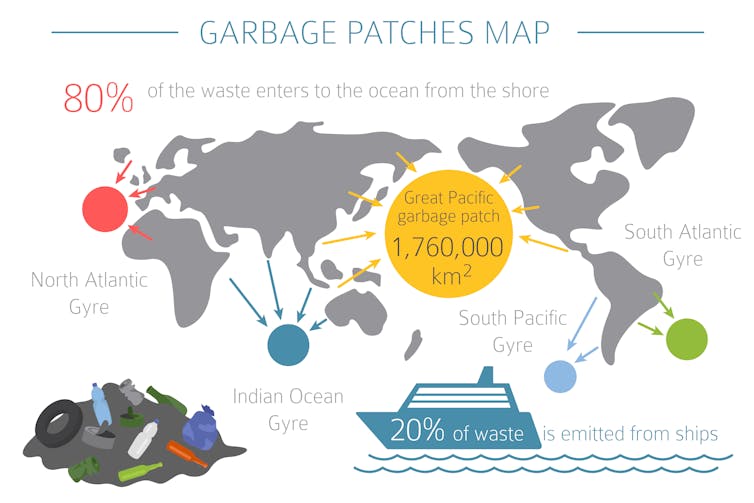

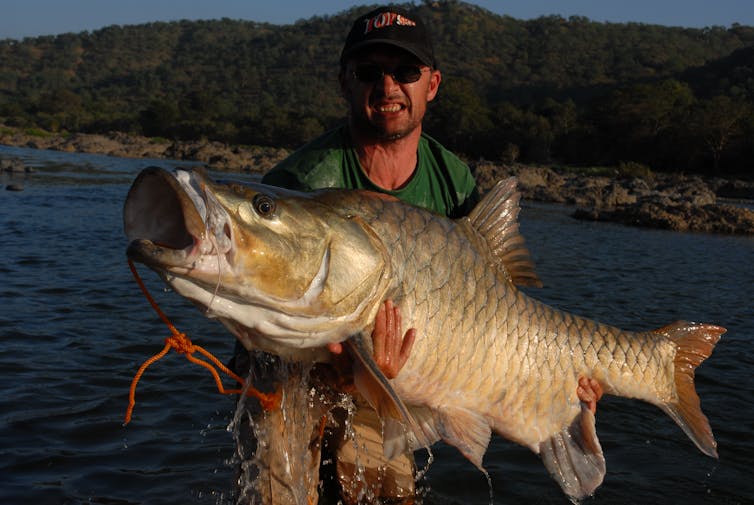
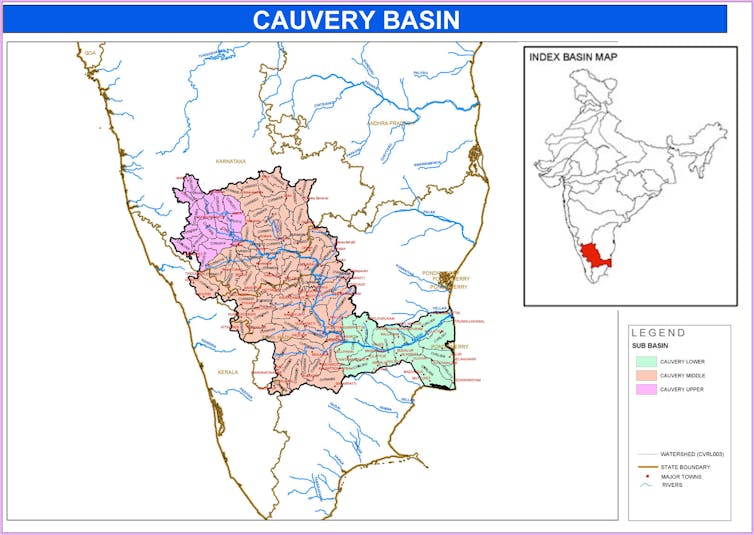
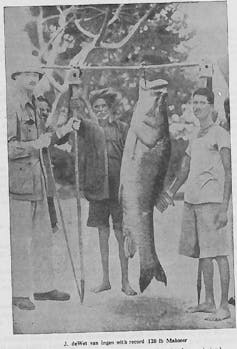

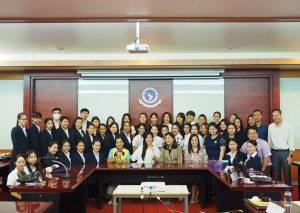
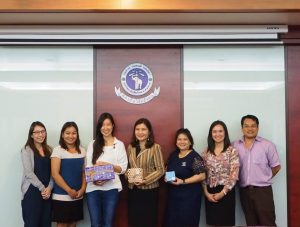

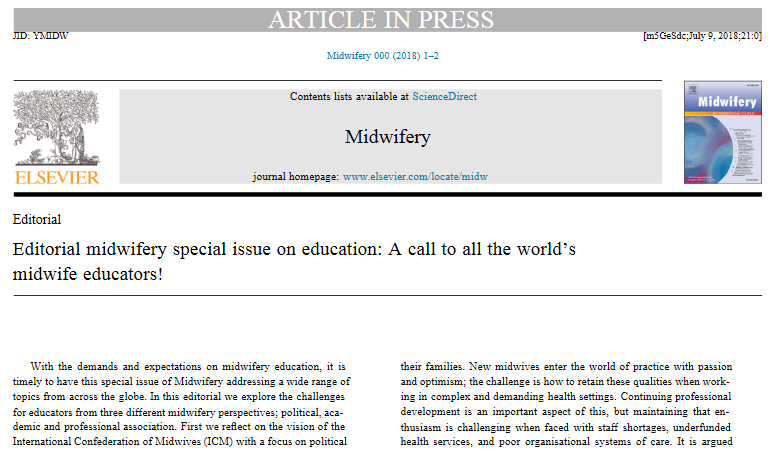
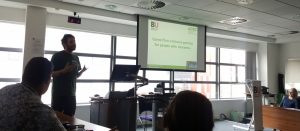
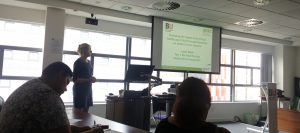

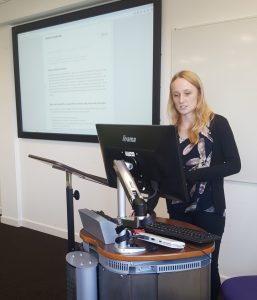

 Professor Maria-Victora Sanchez-Vives is the leader of an associated project within the large Human Brain Project initiative,
Professor Maria-Victora Sanchez-Vives is the leader of an associated project within the large Human Brain Project initiative, 

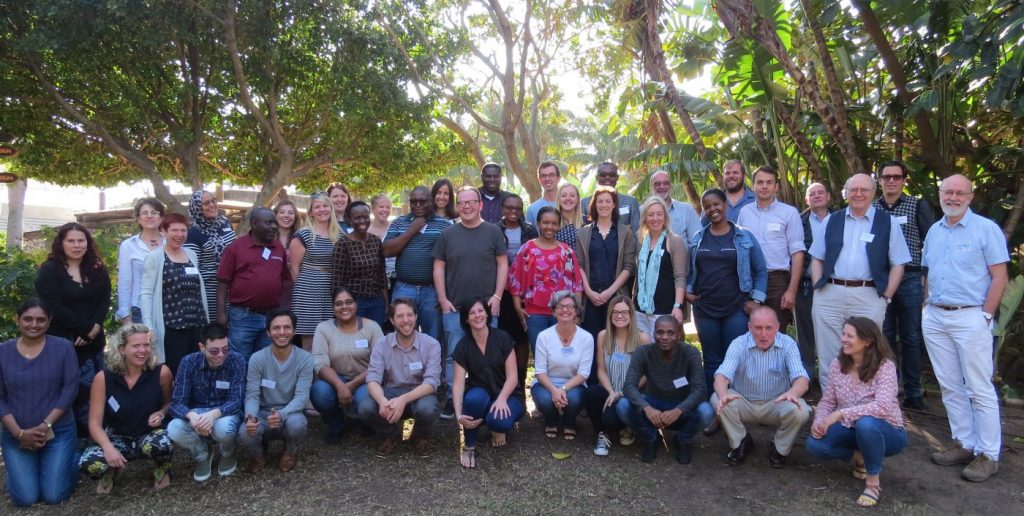
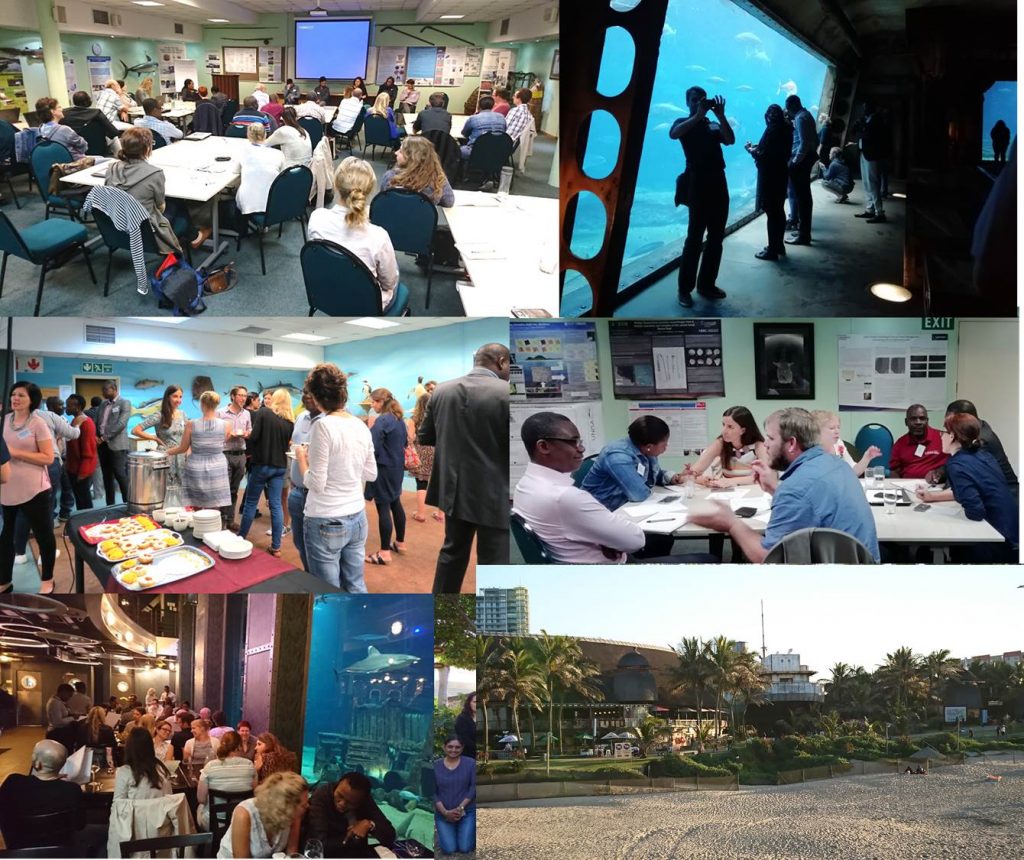











 Nepal Study Days 2024
Nepal Study Days 2024 We can help promote your public engagement event or activity
We can help promote your public engagement event or activity Funded Public Engagement Opportunity – ESRC Festival of Social Science 2024 -Deadline for Applications Thursday 16 May
Funded Public Engagement Opportunity – ESRC Festival of Social Science 2024 -Deadline for Applications Thursday 16 May 1 WEEK REMAINING- Postgraduate Research Experience Survey (PRES) 2024
1 WEEK REMAINING- Postgraduate Research Experience Survey (PRES) 2024 Conversation article: How 2-Tone brought new ideas about race and culture to young people beyond the inner cities
Conversation article: How 2-Tone brought new ideas about race and culture to young people beyond the inner cities MSCA Postdoctoral Fellowships 2024
MSCA Postdoctoral Fellowships 2024 Horizon Europe News – December 2023
Horizon Europe News – December 2023